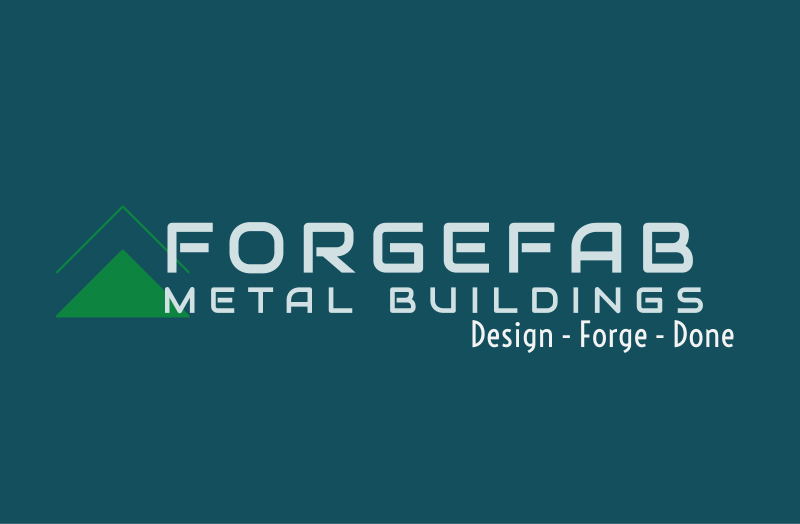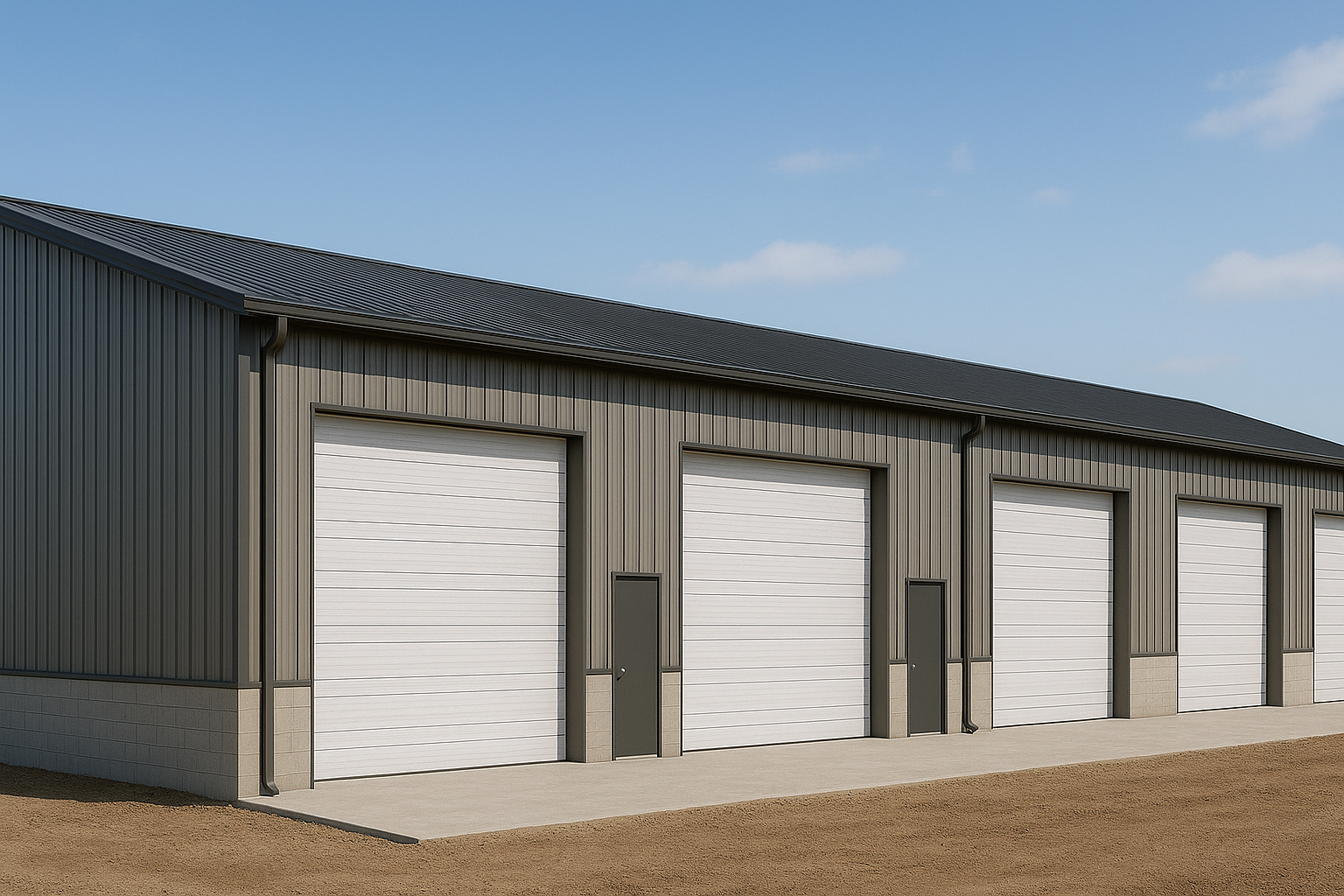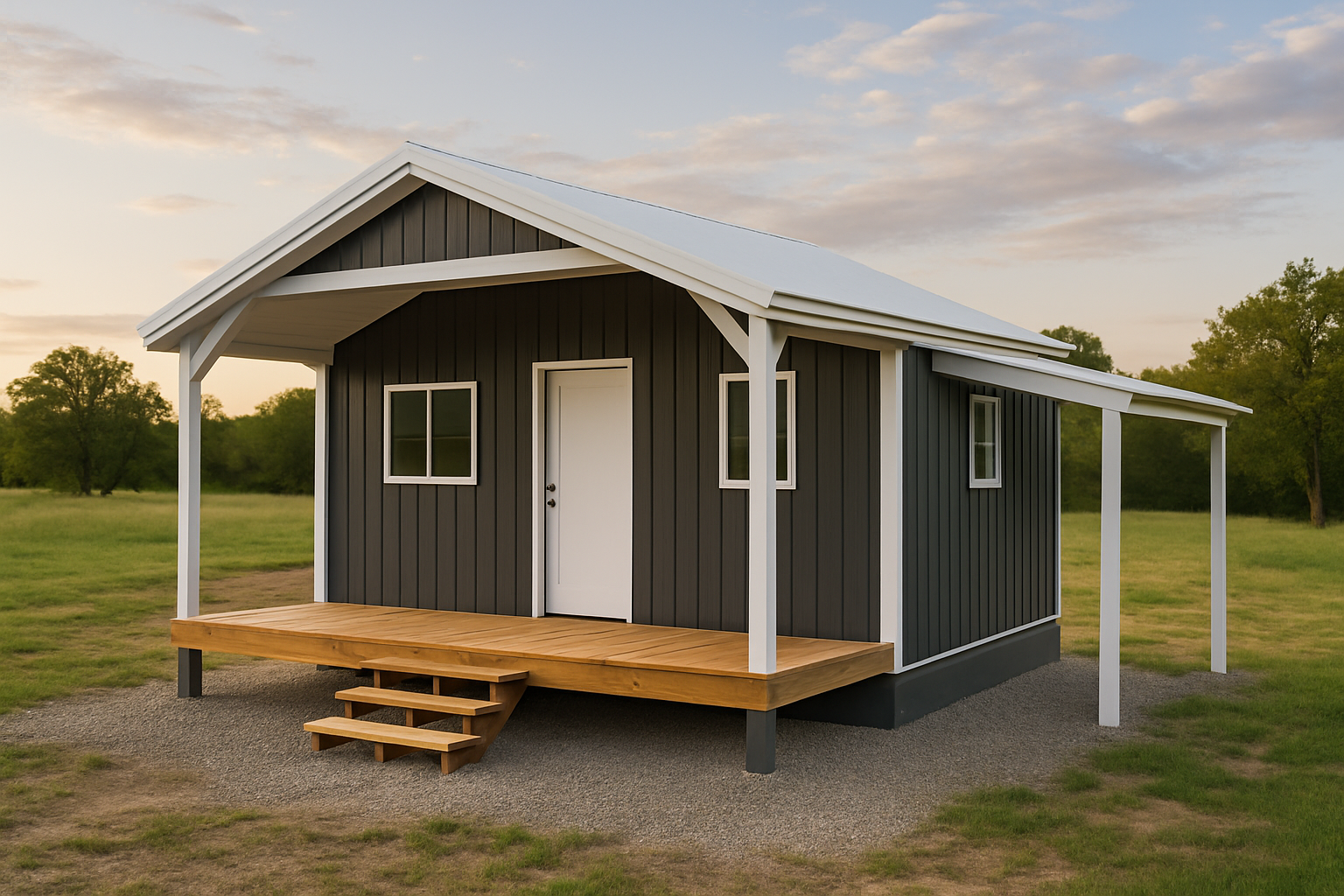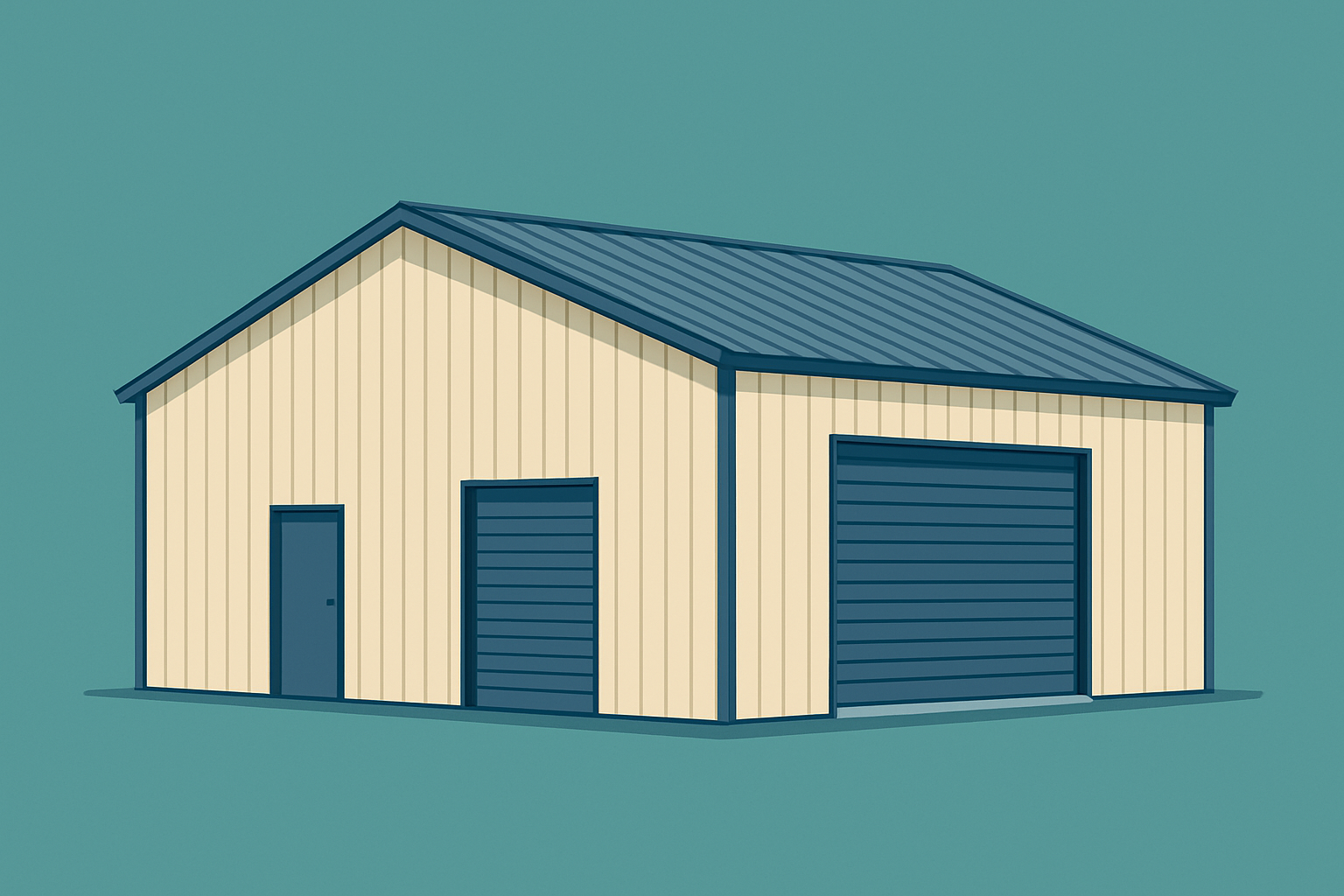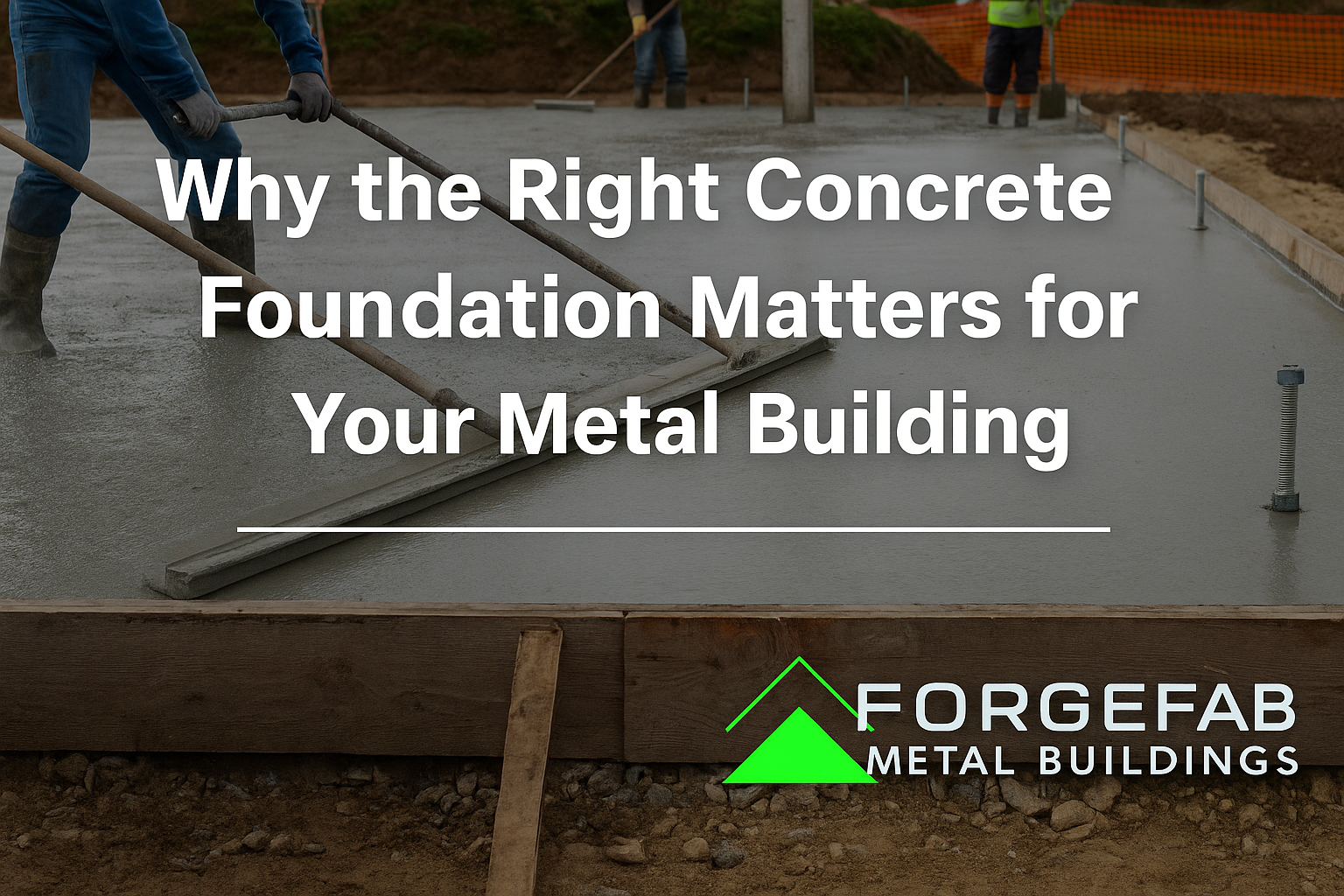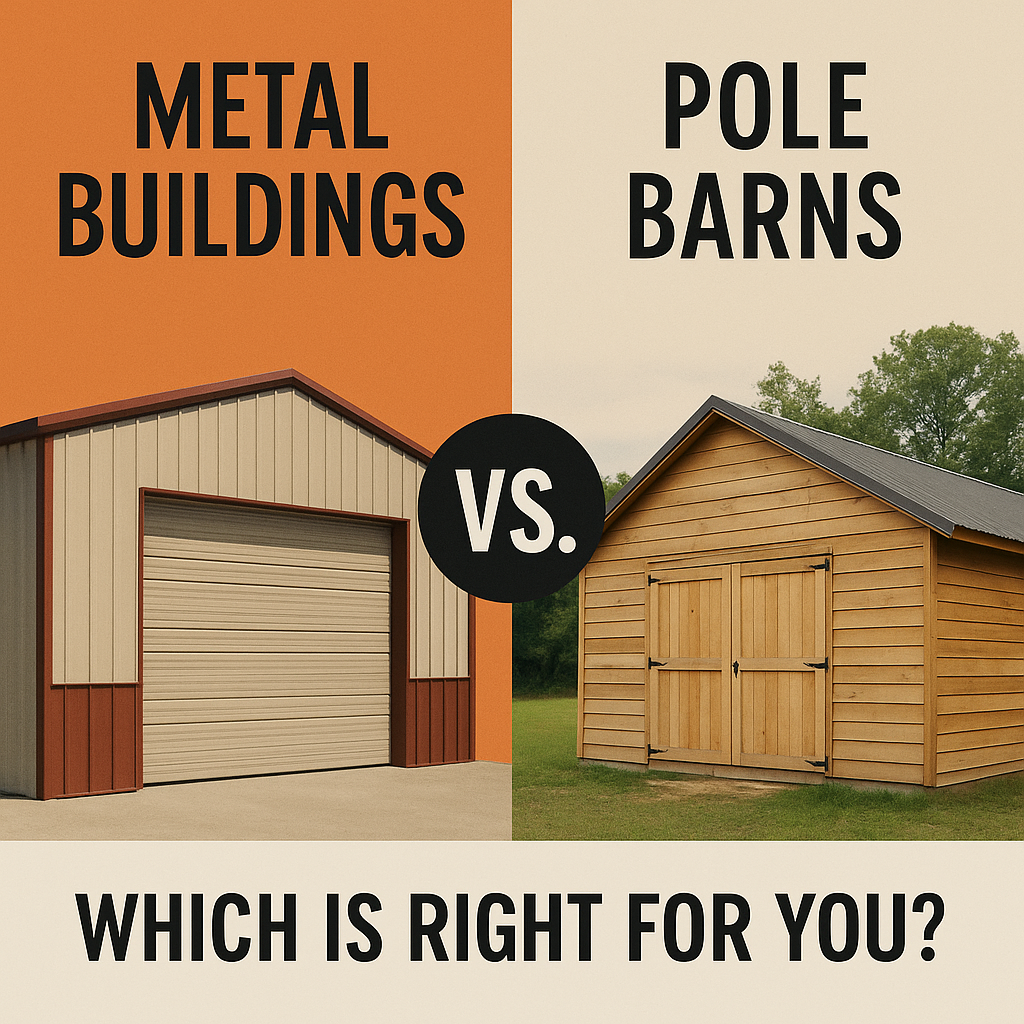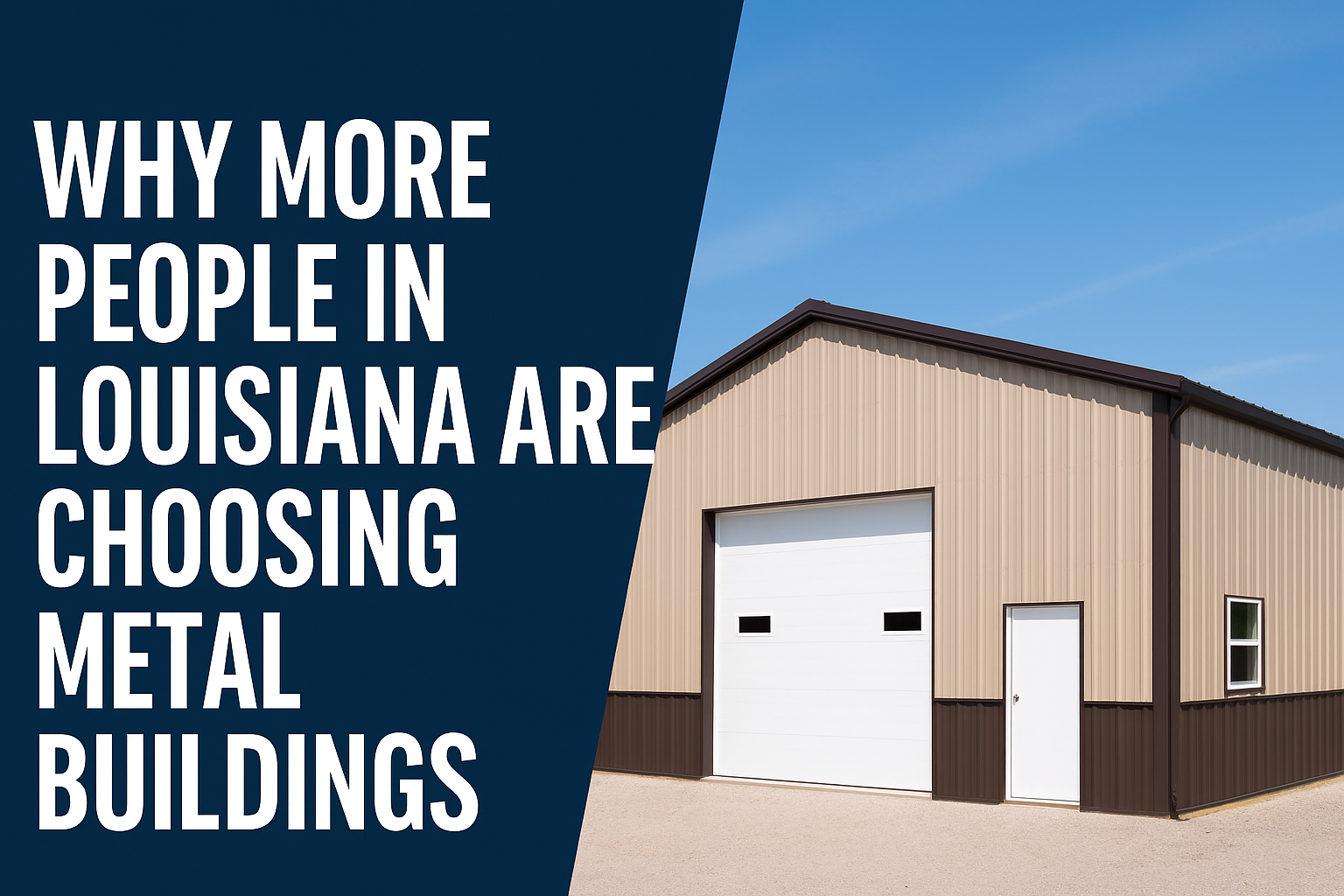FORGEFAB TIPS & INSIGHTS
Understanding Insulation, COMcheck, and Envelope Design for IECC Compliance
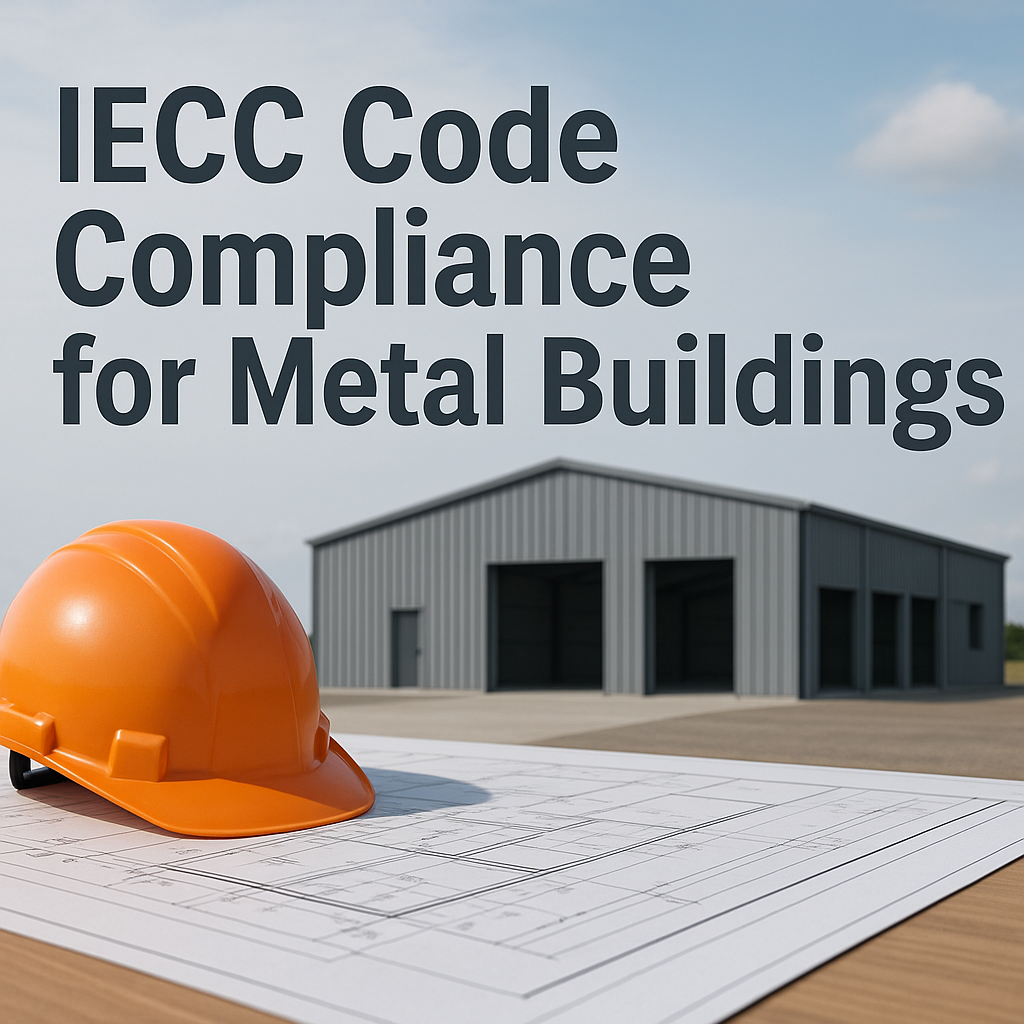
IECC Code Compliance for Metal Buildings: What It Means & Why It Matters
As the construction industry pushes toward higher energy performance, IECC compliance has become a critical part of the design, engineering, and procurement process — especially for commercial metal buildings. Whether you’re developing a utility shelter, managing a data-center project, or planning a commercial facility, understanding IECC requirements helps ensure your building is approved, efficient, and future-ready.
This guide breaks down the essentials of the International Energy Conservation Code (IECC) as it applies to metal buildings so you can make informed decisions early in the project.
What Is the IECC?
The International Energy Conservation Code (IECC) is a model energy code created by the International Code Council. It establishes minimum requirements for:
- Building envelope performance
- Heating and cooling efficiency
- Mechanical and electrical systems
- Lighting and controls
- Air sealing and insulation
Local jurisdictions adopt the IECC — sometimes with amendments — which makes its requirements legally enforceable for new construction and major renovations.
Most commercial projects today must meet IECC 2018, IECC 2021, or newer versions depending on location.
Why IECC Compliance Matters for Metal Buildings
Metal buildings are efficient and fast to erect, but their lightweight steel envelopes behave differently from traditional construction. This makes energy-code compliance especially important.
1. It affects permitting & approval
Your building cannot be permitted unless it meets the energy code adopted by your state or parish. For large commercial projects, engineering firms and inspectors will verify compliance through:
- COMcheck reports
- Energy-modeling documentation
- Envelope and insulation details in stamped plans
2. It impacts material selection
IECC requirements affect:
- Wall and roof insulation types (rigid, batt, liner systems, spray-foam)
- R-values and U-factors
- Air barriers
- Door and window performance
- Skylights and natural-lighting options
For metal buildings, insulation and thermal breaks must be part of the structural design — not added after.
3. It influences long-term operational costs
Energy-efficient buildings reduce:
- Heating and cooling demand
- Moisture and condensation risk
- Long-term energy costs
This has become especially important for critical infrastructure shelters, data-center support buildings, and utility enclosures where temperature control is essential.
IECC Compliance Pathways
Commercial projects can meet the IECC using one of three compliance methods:
1. Prescriptive Path
This is the simplest and most common method.
Your building must meet or exceed the specific R-values, U-factors, and insulation methods listed in the IECC tables.
Pros: Straightforward and easy to document
Cons: Less flexibility — all minimums must be met exactly
2. Performance Path
This approach uses energy modeling to show your design performs as well as (or better than) a baseline building.
Pros: Flexibility to trade off components
Cons: Requires energy modeling (more costly)
3. COMcheck
COMcheck is the DOE’s compliance software. It is often used for:
- Metal buildings
- Tenant build-outs
- Utility shelters
- Data-center support structures
COMcheck allows limited trade-offs and produces a clear report that authorities accept.
Most metal buildings achieve compliance through COMcheck.
IECC Requirements for Metal Buildings
Below are the key envelope-related requirements that typically apply:
Roof Insulation
Depending on your climate zone, IECC may require:
- Double-layer batt systems
- Liner systems
- Rigid insulation above the purlins
- High-performance roof assemblies (e.g., standing-seam with thermal blocks)
IECC 2021 significantly increases roof-assembly requirements, especially for Climate Zones 2–4.
Wall Insulation
Metal walls typically use:
- Insulated metal panels (IMPs)
- Double-layer batt systems
- Continuous insulation (CI)
IECC requires specific R-values and addresses thermal bridging created by steel framing.
Air Sealing
All joints, seams, penetrations, and openings must be properly sealed.
Metal buildings rely heavily on:
- Tape
- Sealants
- Closures
- Proper trim installation
Inadequate air sealing is one of the most common causes of failed IECC inspections.
Windows & Doors
IECC governs:
- U-factor
- Solar heat-gain coefficient (SHGC)
- Air infiltration performance
Commercial entries and storefronts must meet performance thresholds based on your climate zone.
Mechanical Systems
Even if your metal building is unoccupied most of the time, any installed HVAC or mechanical ventilation must comply with:
- Minimum equipment efficiencies
- Thermostat controls
- Economizers (in some climates)
- Ventilation rates
ForgeFab’s Approach to IECC Compliance
At ForgeFab Metal Buildings, IECC compliance is built into the design process — not treated as an afterthought.
We provide:
- Full IECC 2018/2021 compliant envelope designs
- COMcheck reports generated with your stamped engineering package
- High-performance insulation system options
- Data-center grade envelope solutions
- Guidance on what your AHJ (Authority Having Jurisdiction) will look for
Because many of our projects involve critical infrastructure, utility facilities, and commercial clients with strict specs, our engineering partners design to the energy code from day one.
Common Pitfalls We Help Customers Avoid
Many delays and failed inspections happen due to:
❌ Insulation not matching the engineered assembly
IECC compliance is based on the assembly — not just the R-value printed on the insulation.
❌ No COMcheck report
Some contractors assume a metal building passes automatically. It does not.
❌ Not specifying windows and doors early
Fenestration values are required to run compliance calculations.
❌ Confusion about “unconditioned” vs “semi-conditioned” vs “conditioned” space
Even minimal HVAC can push a building into a higher compliance category.
ForgeFab ensures these factors are addressed before materials are ordered.
The Bottom Line
IECC energy-code compliance is essential for modern metal buildings — especially in commercial and industrial applications where efficiency, approvals, and performance all matter.
By integrating IECC-compliant assemblies, insulation systems, and documentation into every project, ForgeFab ensures you get a building that passes inspection, reduces operating costs, and supports long-term performance.
If you're planning a commercial metal building and want a compliant, project-ready solution, ForgeFab Metal Buildings can help you navigate every step — from engineering to final delivery.
